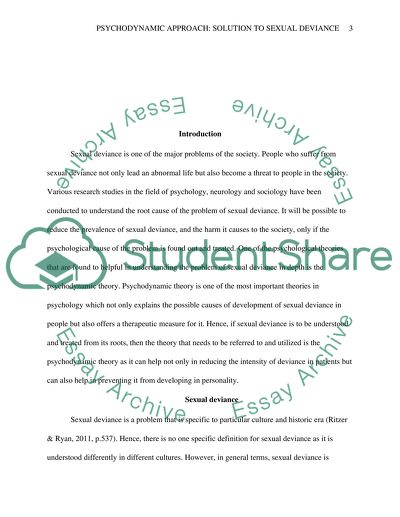Cite this document
(“A freudian perspective on sexual deviance Term Paper”, n.d.)
A freudian perspective on sexual deviance Term Paper. Retrieved from https://studentshare.org/psychology/1457615-a-freudian-perspective-on-sexual-deviance
A freudian perspective on sexual deviance Term Paper. Retrieved from https://studentshare.org/psychology/1457615-a-freudian-perspective-on-sexual-deviance
(A Freudian Perspective on Sexual Deviance Term Paper)
A Freudian Perspective on Sexual Deviance Term Paper. https://studentshare.org/psychology/1457615-a-freudian-perspective-on-sexual-deviance.
A Freudian Perspective on Sexual Deviance Term Paper. https://studentshare.org/psychology/1457615-a-freudian-perspective-on-sexual-deviance.
“A Freudian Perspective on Sexual Deviance Term Paper”, n.d. https://studentshare.org/psychology/1457615-a-freudian-perspective-on-sexual-deviance.


